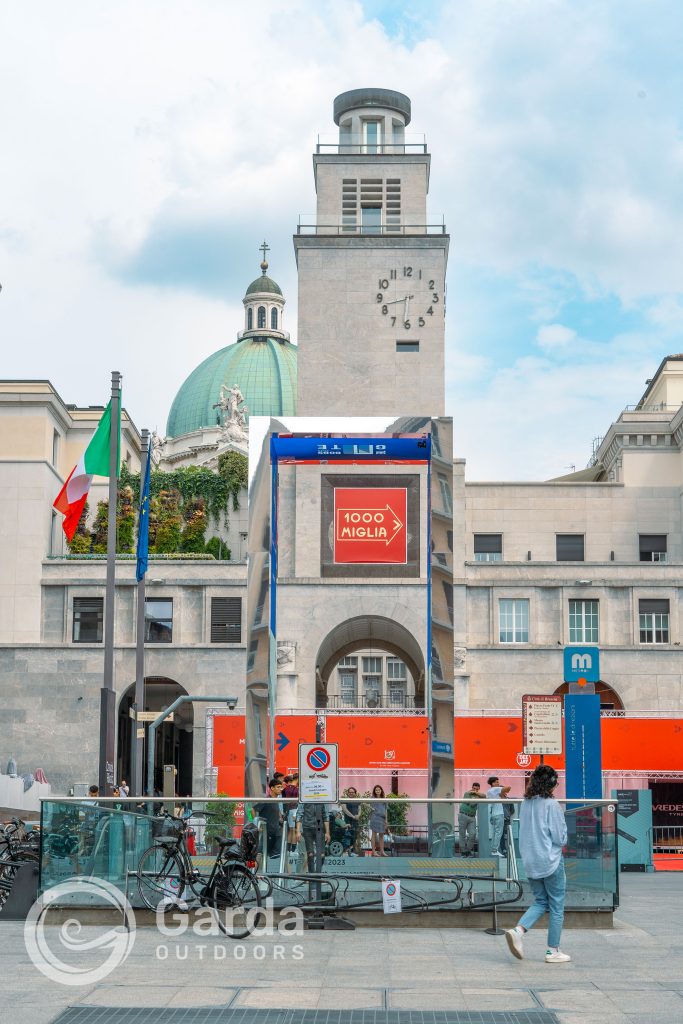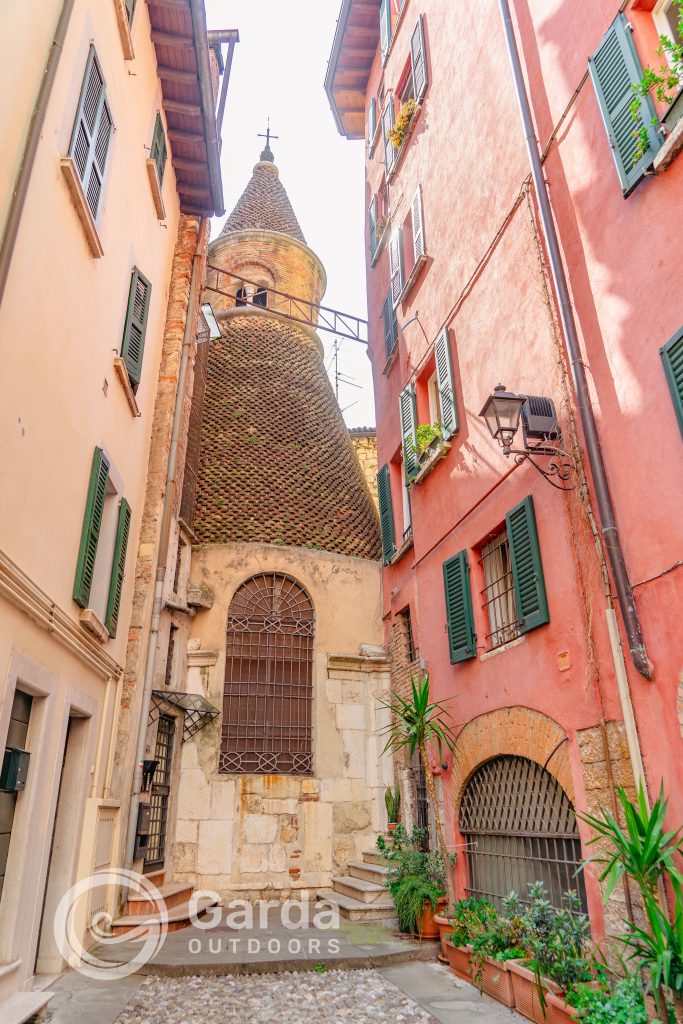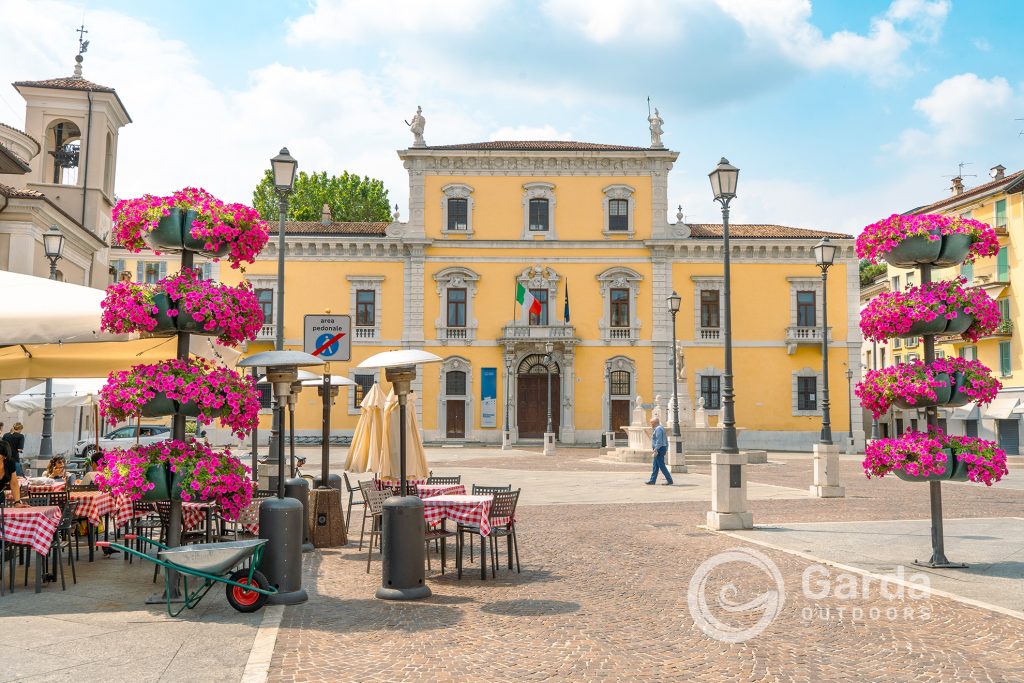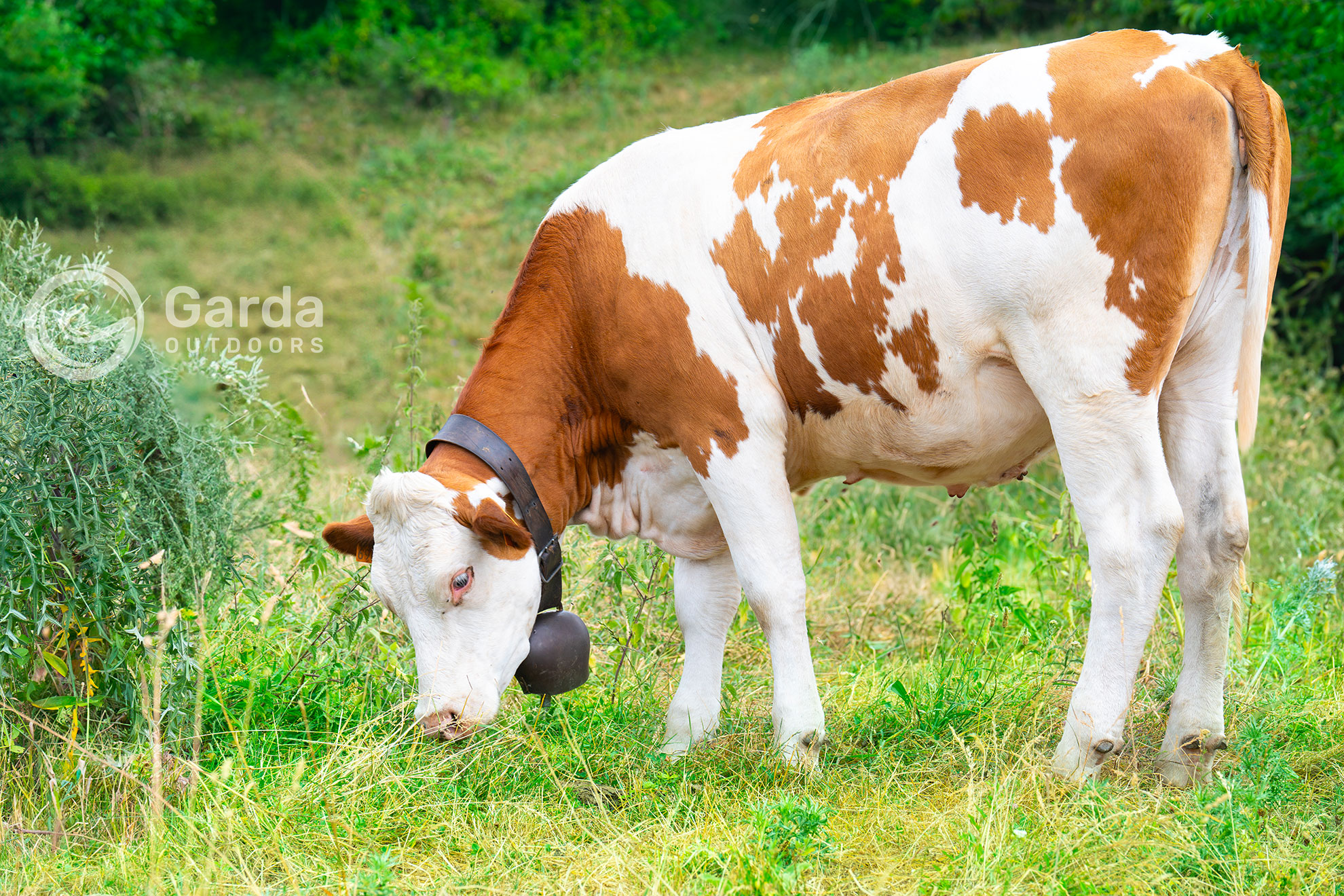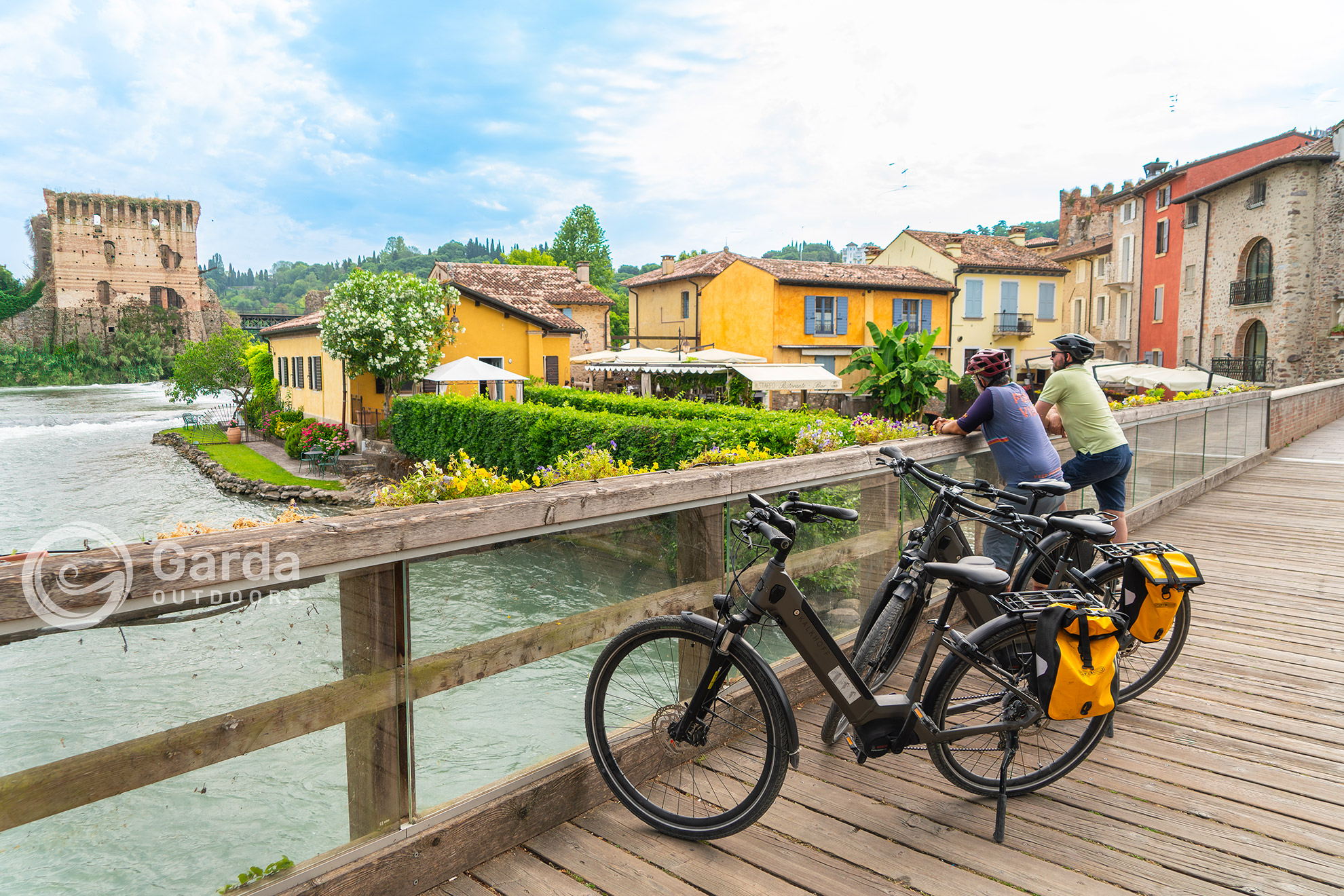Brescia is not only an industrial and industrious city active in many sectors (it is no coincidence that it is the third largest industrial area in Italy); it is much more: it offers historical monuments of rare beauty that not everyone knows, and in recent years it has begun to point out its artistic and cultural side, which fits perfectly with the modernity of its economic and technological character. Let’s discover this fantastic city together!
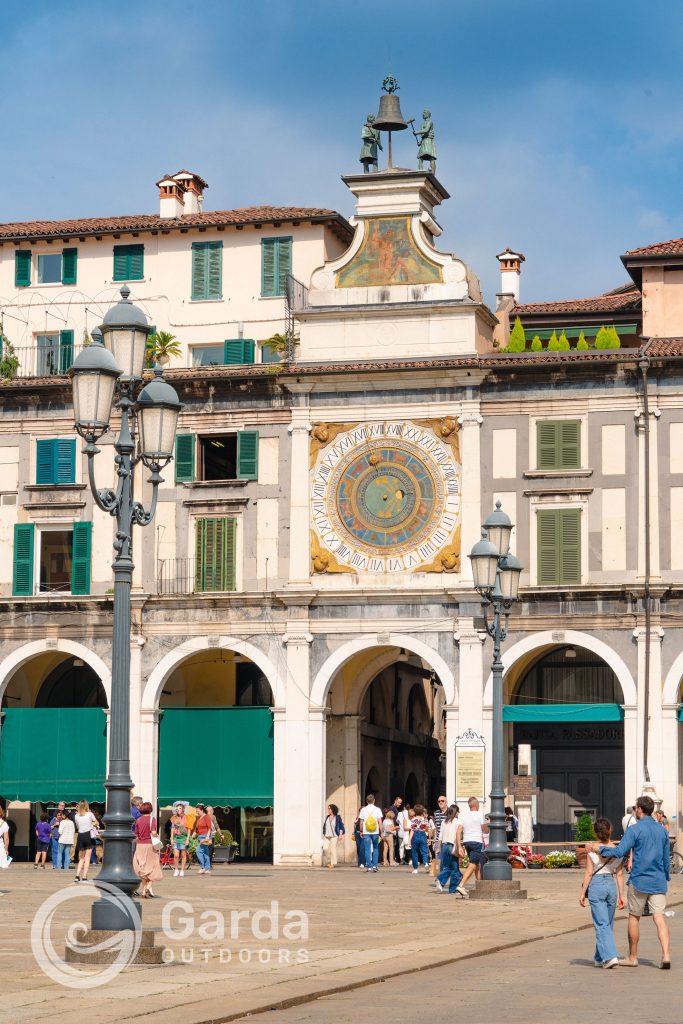
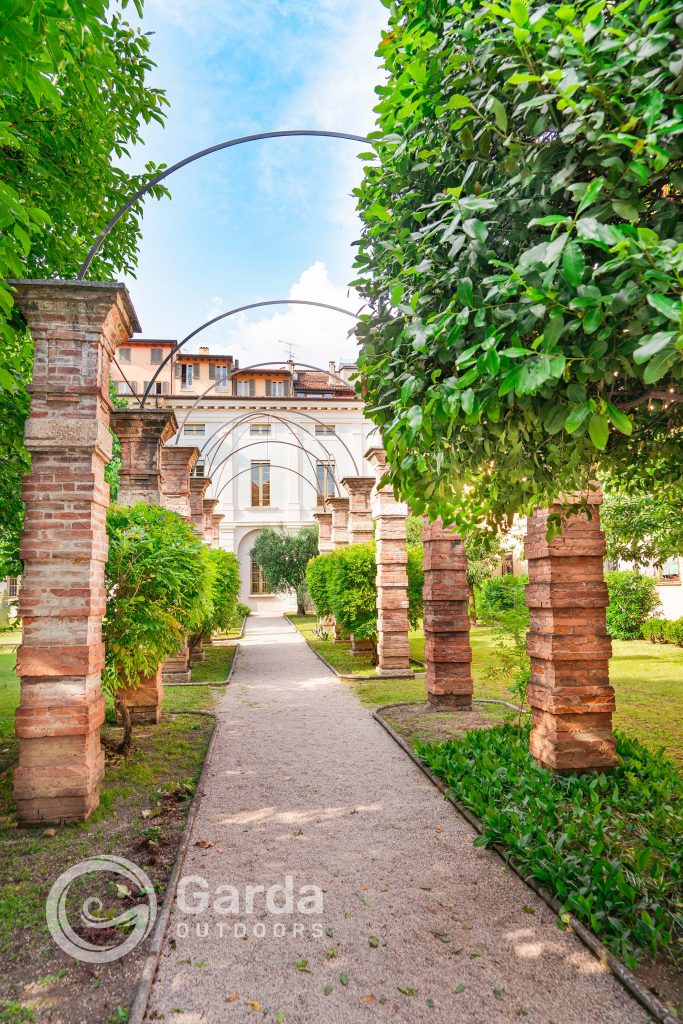
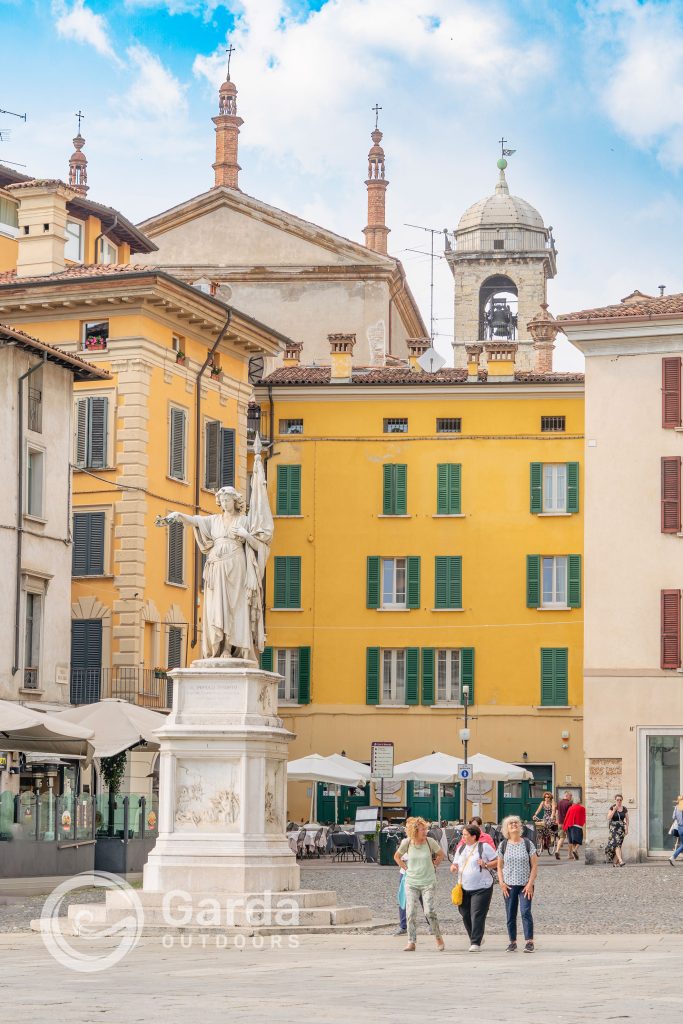
Brescia: three thousand years of history.
Founded over 3200 years ago, Brescia was the capital of the Cenomani Gauls and then became a splendid Roman colony with the name of Brixia. For 400 years it was part of the Republic of Venice – the typical Venetian architecture of Piazza della Loggia is a clear example – then it became Austrian from 1815 to 1859. And just under the domination of Austria Brescia was nicknamed “Lioness of Italy“, for the ten days of resistance to the Austrians during the Italian Risorgimento.
Brescia, therefore, is a city that has continued to develop for about three thousand years, with different architectural styles that have followed one another over the centuries. In this regard, Philippe Daverio, a well-known art critic, said that Brescia is home to “the most powerful historical stratification of Northern Italy”.
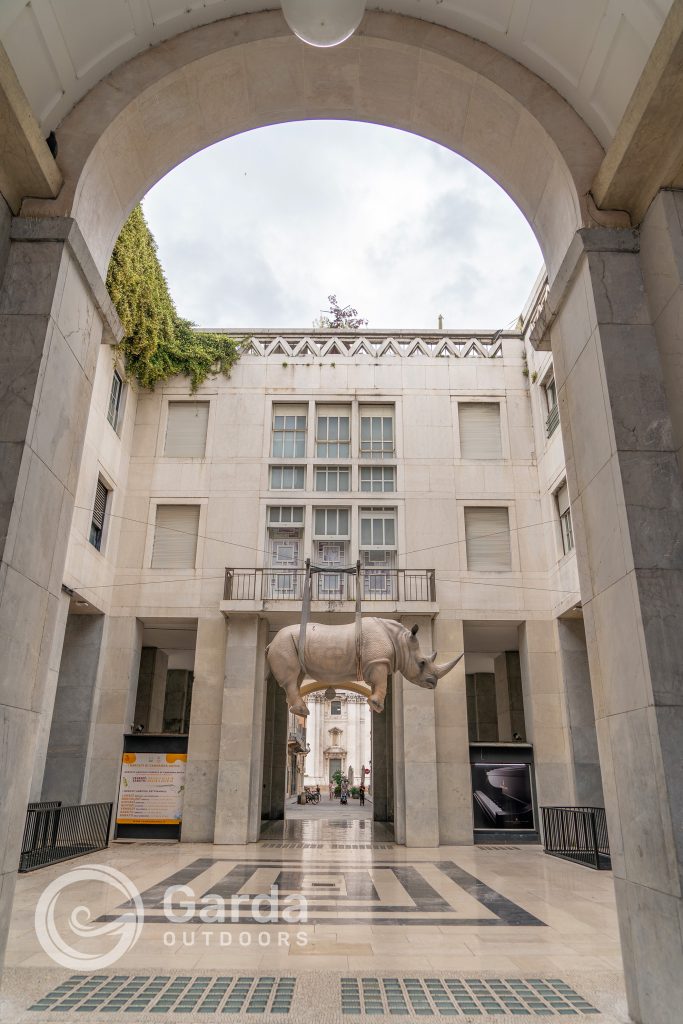
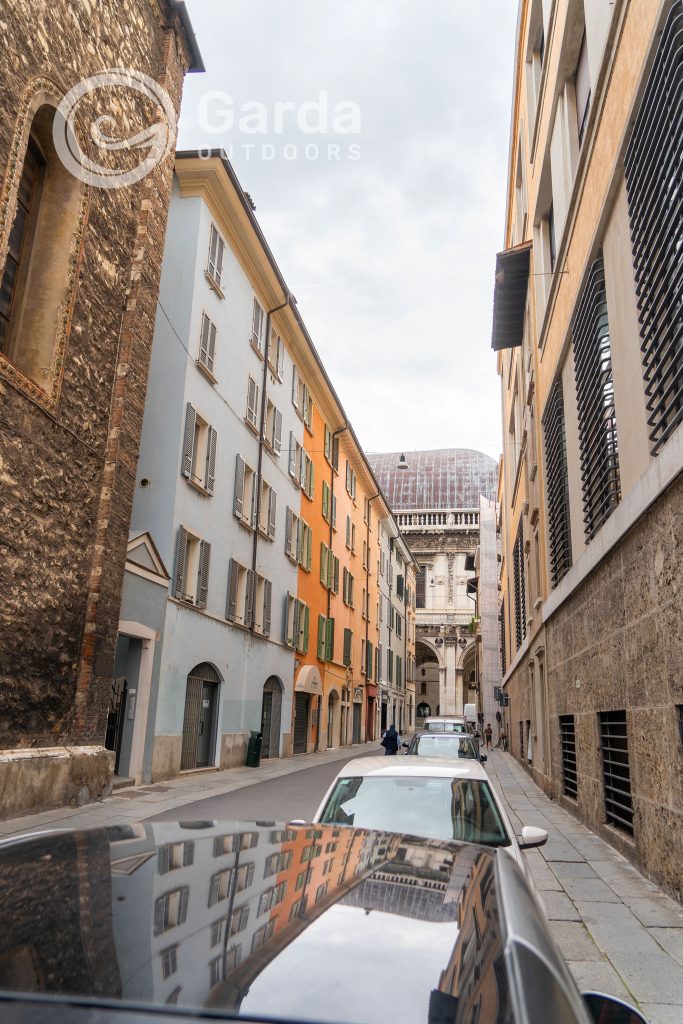
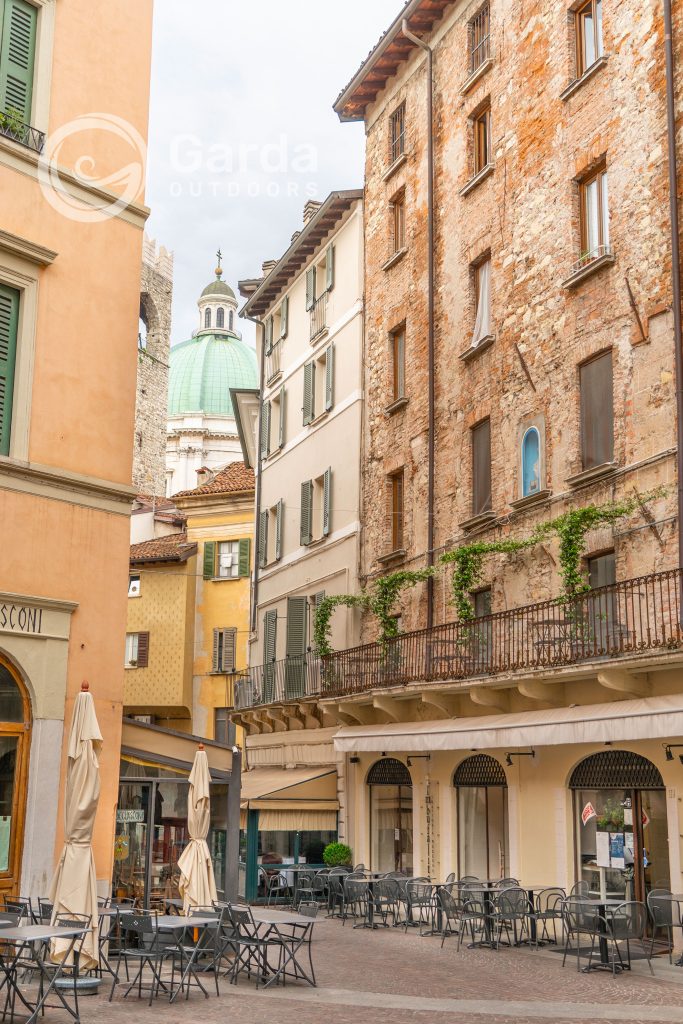
Brescia, World Heritage Site and the Roman Forum.
A few kilometers from Lake Garda, in addition to Mantua and Verona, we also have the beautiful Brescia that deserves to be discovered for its historical, cultural and artistic riches. In fact, on 25 June 2011, UNESCO declared Brescia a World Heritage Site.
This recognition is due to the monumental area of the Roman Forum and the monastic complex of San Salvatore and Santa Giulia, which became part of the “Lombards in Italy: places of power” site. The series includes seven locations on the Italian territory where architectural, pictorial and sculptural testimonies of Lombard art are preserved.
For the uninitiated, the Roman Forum of Brescia was the ancient main square of the city center of Brixia, starting from the first century BC. and later completed by Vespasiano. This monumental archaeological complex preserves the major public buildings of the Roman age of Northern Italy, such as the Capitolium, the Roman Theater and the Republican Sanctuary.
Much of the original square today is traced from Piazza del Foro, while the remains of most of the buildings have been brought to light outside or in the basement of the buildings that currently surround the square.
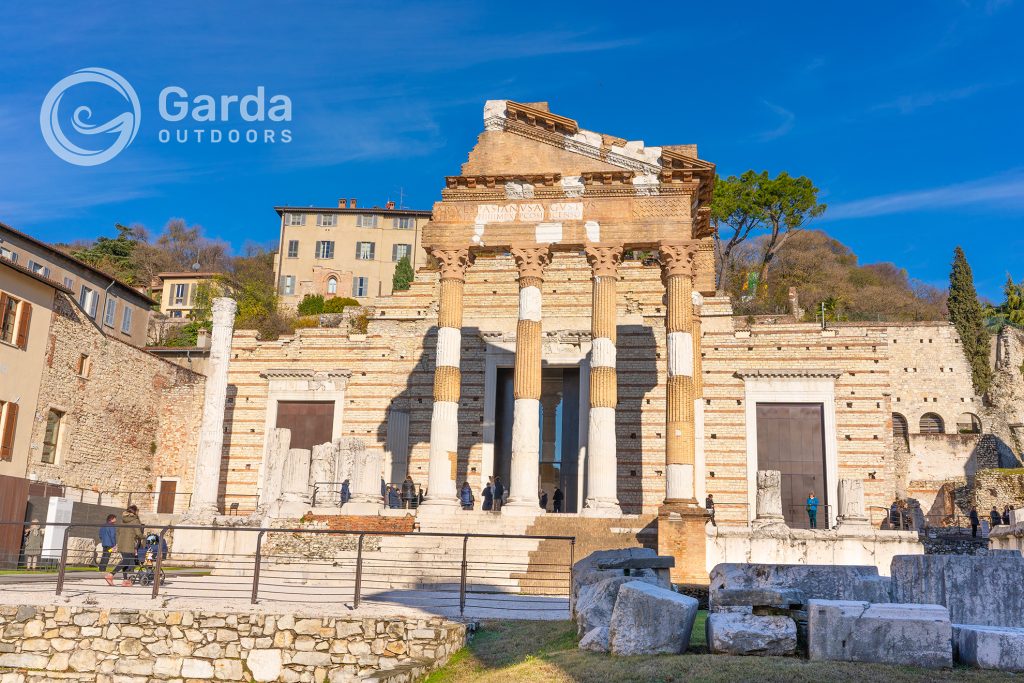
A treasure to discover: the Castle on Colle Cidneo.
Towards the historic center of the city rises Colle Cidneo, the place of the first settlement (Bronze Age). And right on its summit stands the “Falcone d’Italia” in all its power, the defensive fulcrum of the place as well as the scene, in 1849, of the famous ten days of Brescia (the period of revolt against Austrian oppression).
The sixteenth-century castle is one of the largest and best preserved fortresses in Northern Italy and to reach it just take a 15-minute walk, starting from the archaeological area (via dei Musei). It goes without saying that once you get to the top you can enjoy a breathtaking view of the city.
A lush green quadrilateral, covered with numerous trees, embraces the castle surrounded by defensive walls. Inside, the Mirabella Tower and the Keep, built by the Visconti of Milan in the first half of the 14th century, dominate.
In the complex there are also the Renaissance Museum and the Weapons Museum, with unique pieces of artillery from the 15th and 16th centuries. Do not miss a visit to the left wing of the castle, where there is a real steam locomotive.
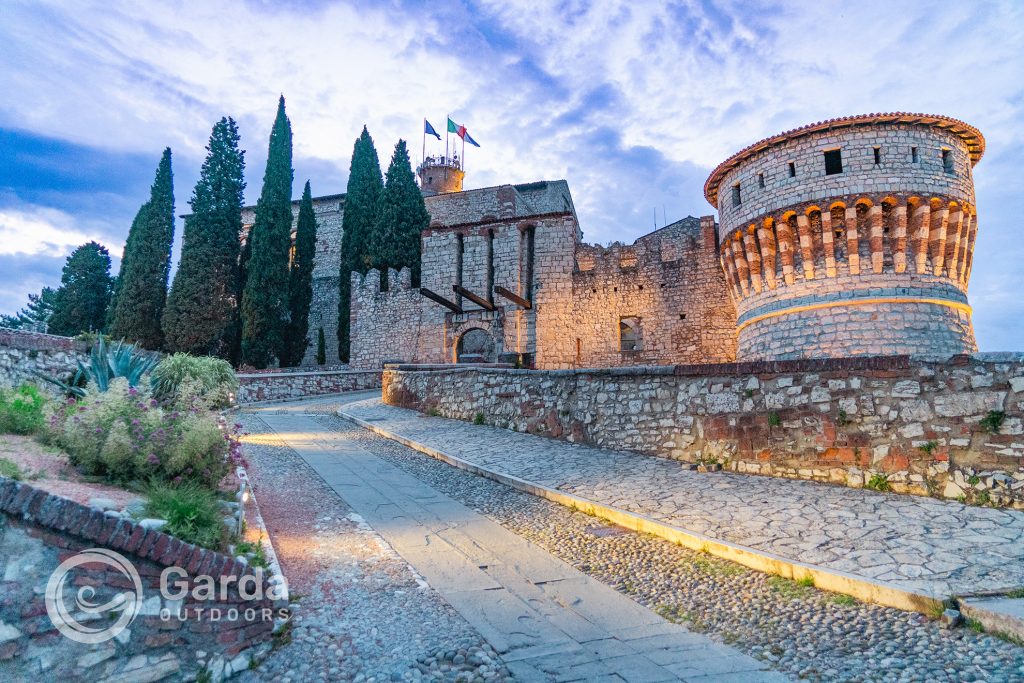
Piazza della Loggia.
Without a doubt, the first place to visit is Piazza Della Loggia, one of the nerve centers of the city, to which one of the darkest pages of recent Italian history is also linked.
The loggia from which the square takes its name is the unmistakable white building with three arches and the hull-shaped dome, which dominates a large, richly carved white marble facade. Built in 1492, today it is the seat of the municipal council offices. Inside, a large Renaissance staircase leads to the first floor, the Vanvitelliano Hall, designed by Luigi Vanvitelli in 1773.
On the opposite side of the loggia is the Clock Tower, built in 1540 and famous for the Màcc de le Ure (the madmen of the hours), the two bronze statues that strike the bell every hour. On the tower stands a large mechanical clock from 1544 which also indicates the signs of the zodiac and the phases of the moon. To the left of the tower stands the building of the old Monte di Pietà, from 1484: on the facade there are a series of Roman inscriptions recovered during excavations in this area.
On Saturdays the square hosts the market, and all year round it is the perfect meeting place for a coffee at the tables and for a little shopping in the shops under the arcades. In addition to the commemorative plaque, a series of tiles in the road that leads from the square to the Castle recalls the fascist terrorist attack of May 28, 1974, in which a bomb killed 8 people and injured 102.
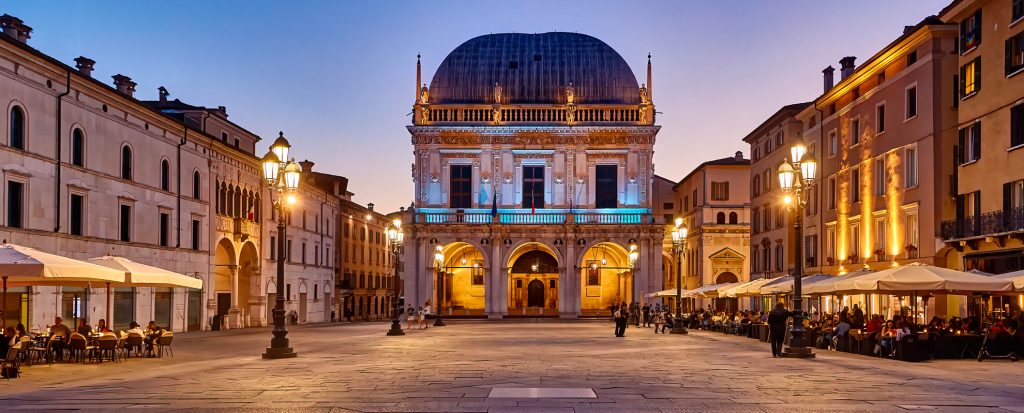
Piazza Paolo VI or of the two Duomi.
After visiting Brescia you can say that you have been in one of the few cities in the world that can boast not one, but two Duomi. Piazza dei Due Duomi, is a beautiful medieval square in the heart of the city. This square is overlooked by: the Summer Cathedral of Santa Maria Assunta, called the new cathedral (opened to the public in 1825 and unmistakable thanks to its baroque marble facade and the dome which, with its 80 meters, is the third largest in Italy. Italy), and the Winter Co-Cathedral of Santa Maria Assunta, called the old cathedral (built in the 11th century at the behest of a corporation of masons, today it is the largest architecturally Romanesque circular temple that can be visited by tourists today).
The square also houses the Palazzo del Broletto with its unmistakable crenellated stone tower: the oldest public building in the city, built starting from 1200.
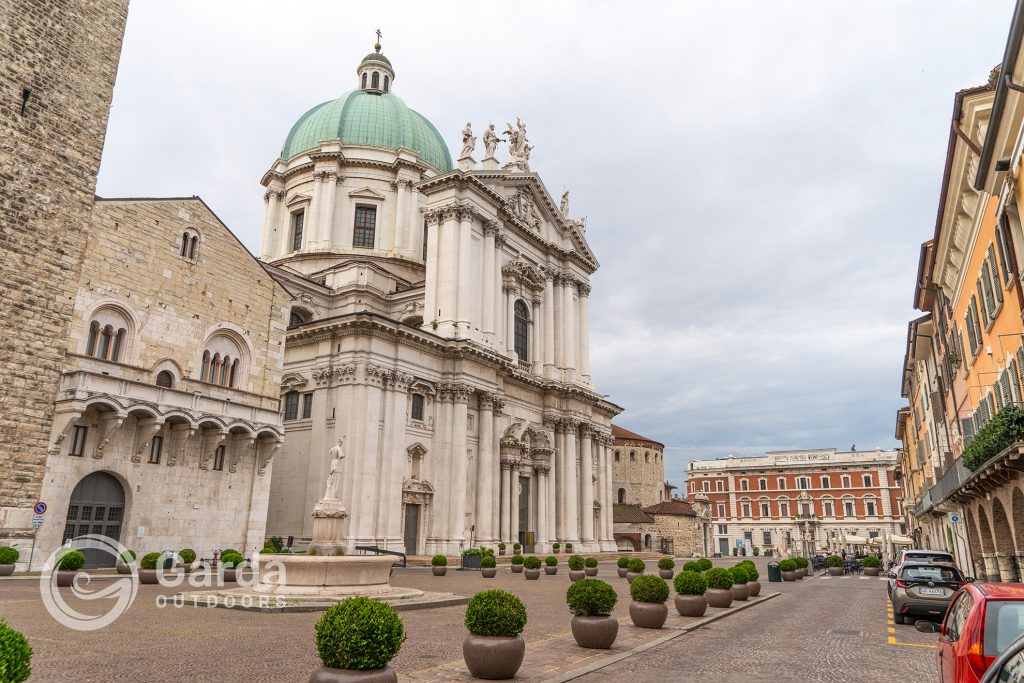
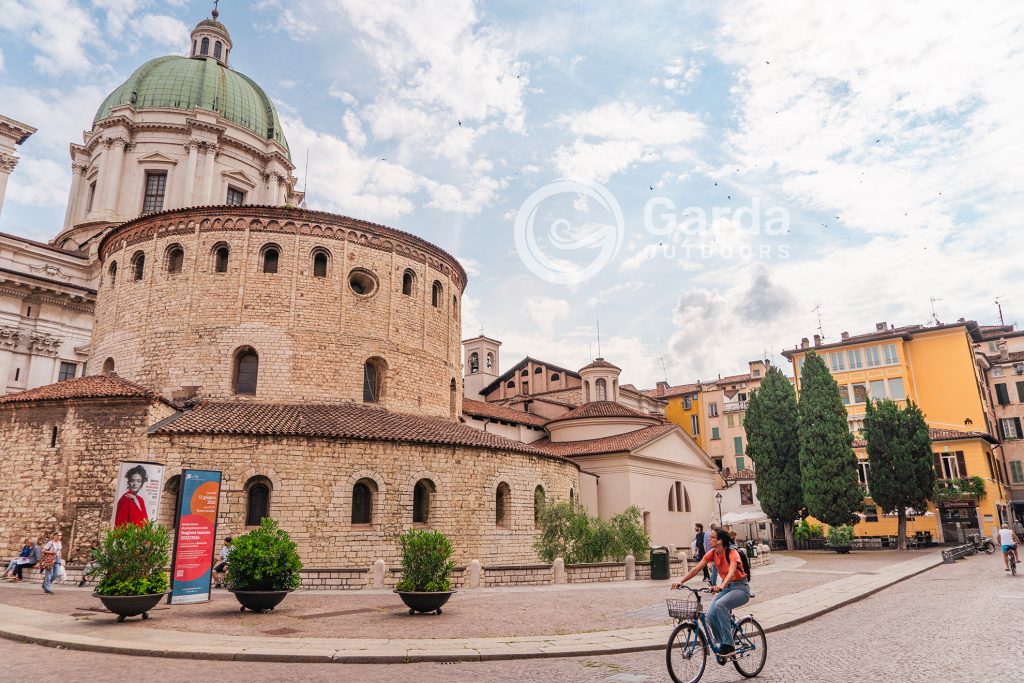
Museum of Santa Giulia.
Still on the subject of places of great historical and artistic interest, you can visit the Museum of Santa Giulia (spread over an area of 14 square km). Unique in Italy because it stands in place of the female monastery of S. Giulia and contains a Lombard basilica, a 16th century church and the remains of the Roman domus.
This museum testifies to the daily, artistic and spiritual life of Brescia from prehistoric times to today, with 11,000 exhibits. The tour can start from the ground floor, where the domus dell’Ortaglia are located, with perfectly preserved mosaic floors and many frescoes on the walls: they are Roman houses, from the 1st to the 4th century AD, overlooking a vegetable garden and a garden.
The church of San Salvatore is one of the most important Lombard buildings ever and was built in 753 AD. by King Desiderio as a symbol of his monarchy. It is worth a visit for its rich sculptures, including two marble slabs with peacocks.
We then visit the church of Santa Maria in Solario, the oratory of the nuns, who secretly attended services from here. It dates back to the 12th century and on the lower floor it houses a Lipsanoteca, an ivory box from the 4th century AD. used as a reliquary. Upstairs the room is entirely frescoed, from the vaulted ceiling to the scenes on the walls. Here is the Cross of Desiderius, a cross from the 9th century AD. with Lombard and Roman decorations and as many as 212 gems.
Among the Roman finds surrounding the Renaissance cloister is the Victory Winged of Brescia, a bronze figure made approximately in the first century. A.D., which depicts a woman with angel wings, wrapped in a cloak. It was discovered in the Capitolium area in 1826, and is the only case of a perfectly preserved bronze statue in northern Italy; due to the fact that Christianity became the official religion of the Roman Empire, all pagan symbols were in fact destroyed. This Victory has come down to us because it was hidden in a cavity of the temple.
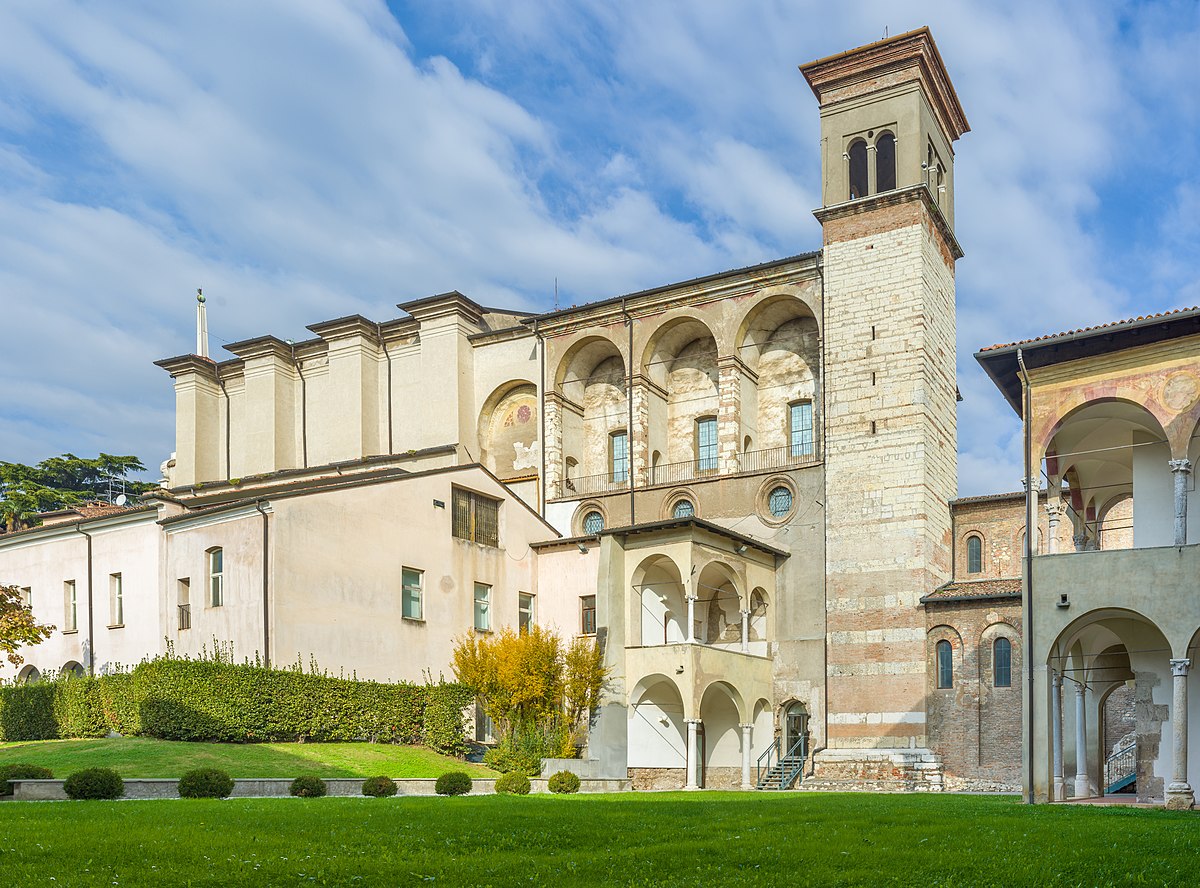
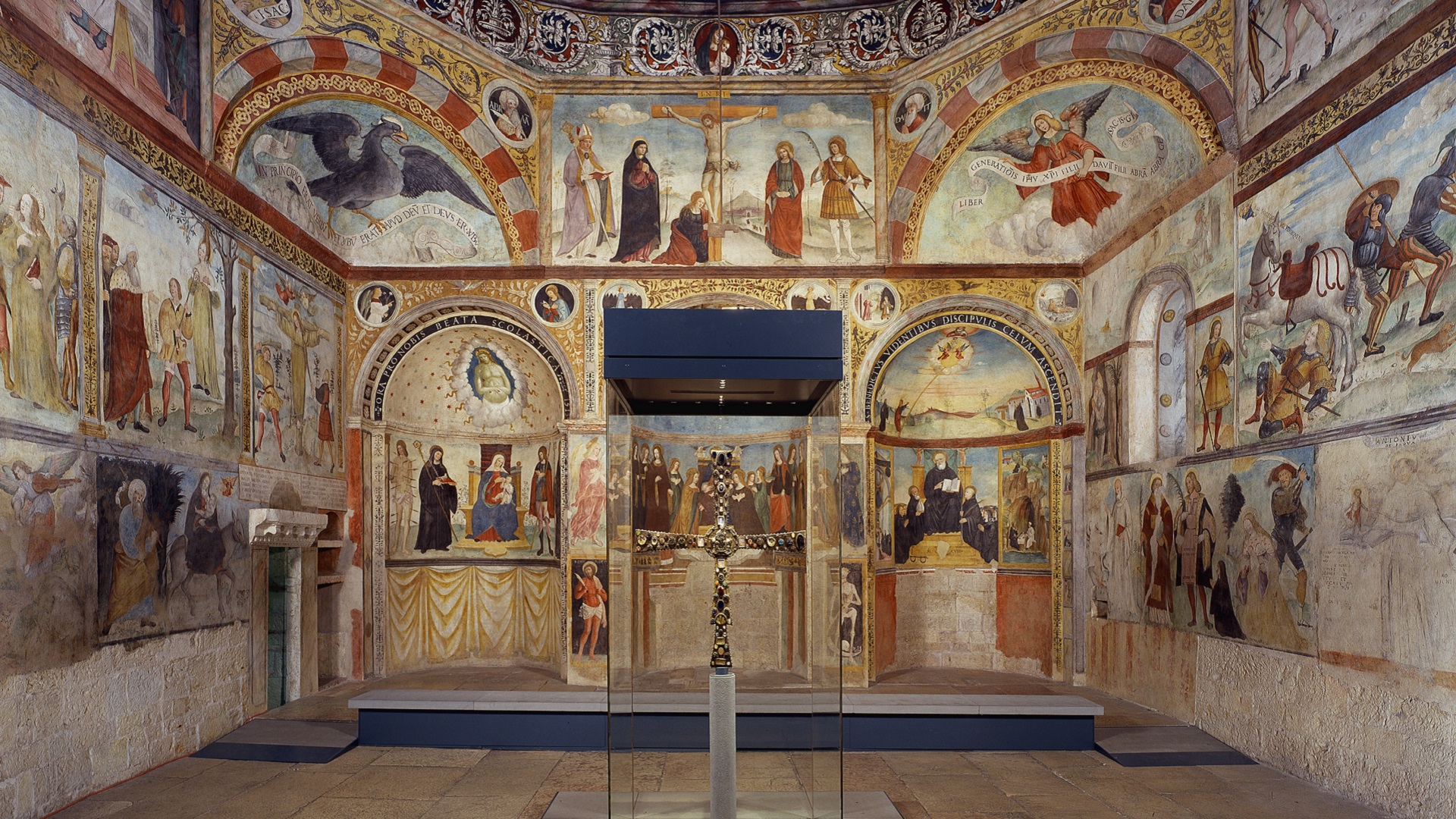
The Tosio Martinengo Art Gallery.
The Tosio Martinengo picture gallery houses a collection of 480 works by the most important authors from 1200 to 1800, including the protagonists of the Renaissance, from Raphael to Lotto, and the greatest exponents of the nineteenth century including Canova and Hayez. The itinerary winds along 21 exhibition halls; and among the works not to be missed are those of Raphael: The Angel of 1500, the Blessing Christ the Redeemer of 1505 and the Madonna and Child of 1520. The collection also includes a series of decorative arts including medals, enamels, ivories and goldsmiths. The collection has grown over time, and today it also houses Japanese and Chinese paintings.
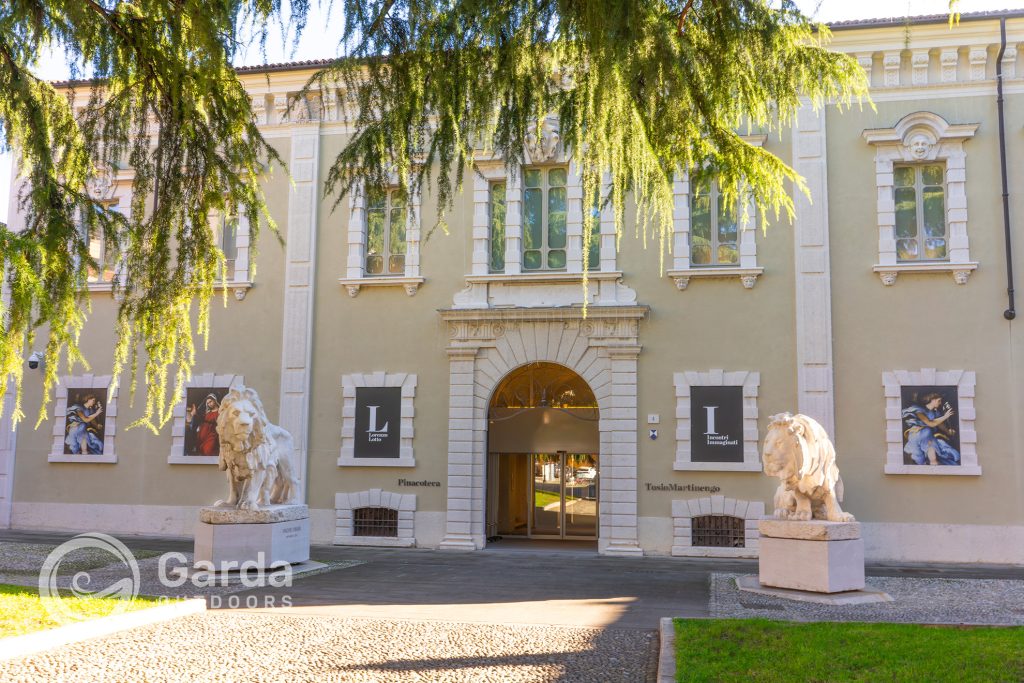
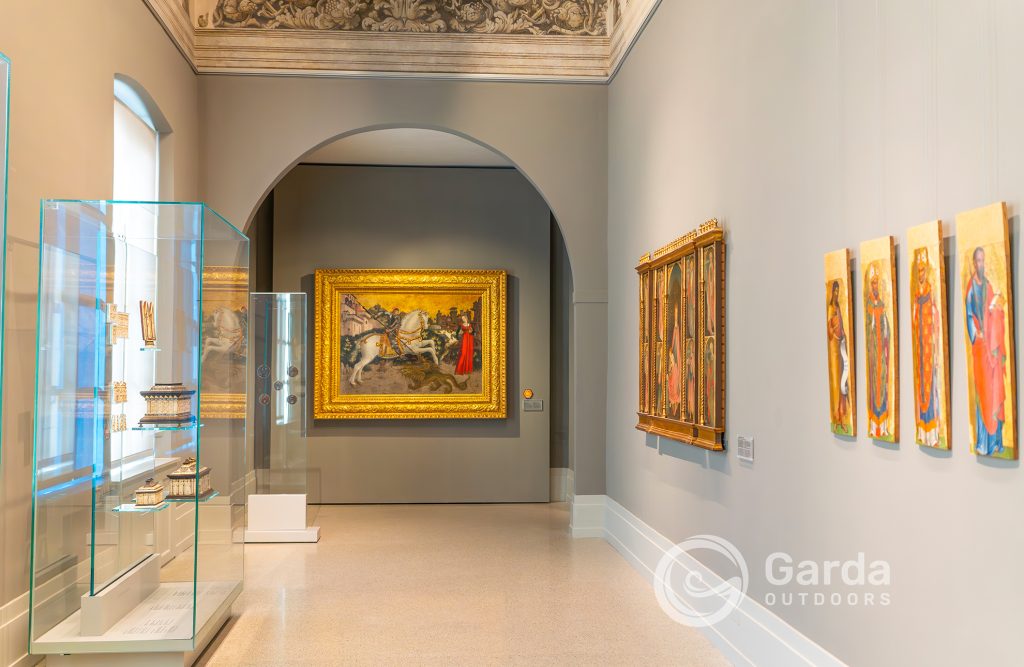
The Teatro Grande and its annual events.
The Grande Theater of Brescia, was founded in 1640 and is one of the 28 traditional Italian theaters. With the city of Bergamo, it hosts the International Piano Festival and the Opera Festival every year.
For info and theatrical program click here.
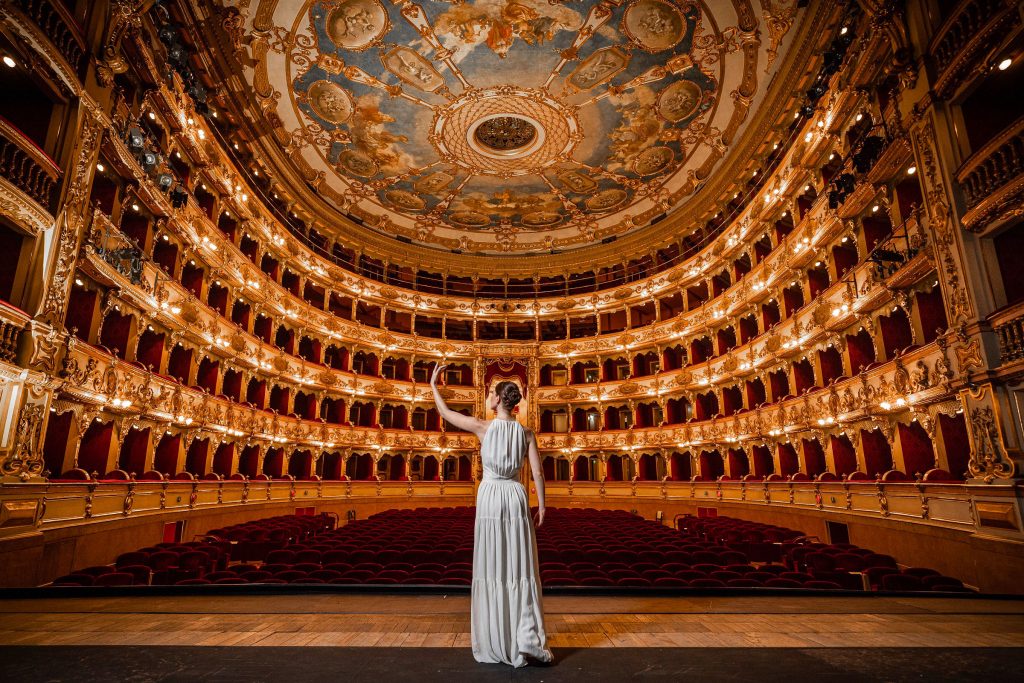
The charm of underground Brescia.
Underground Brescia can be discovered through the Brescia Underground association (for info and tours click here). Brescia Underground is a path to discover everything that is hidden below street level, with various paths that include rivers, canals, canals. The main route lasts about 2 hours, and starts right under Piazza Loggia, with guides explaining all the curiosities, and the history of this underground level of the city.
The Brescia Speleological Association also allows you to visit the basement of the castle of Brescia, discovering towers, galleries and bastions with guided tours of various levels that allow you to access most of the underground environments including the tower, the oil warehouse, the water tanks and powder kegs (for info and tours click here).
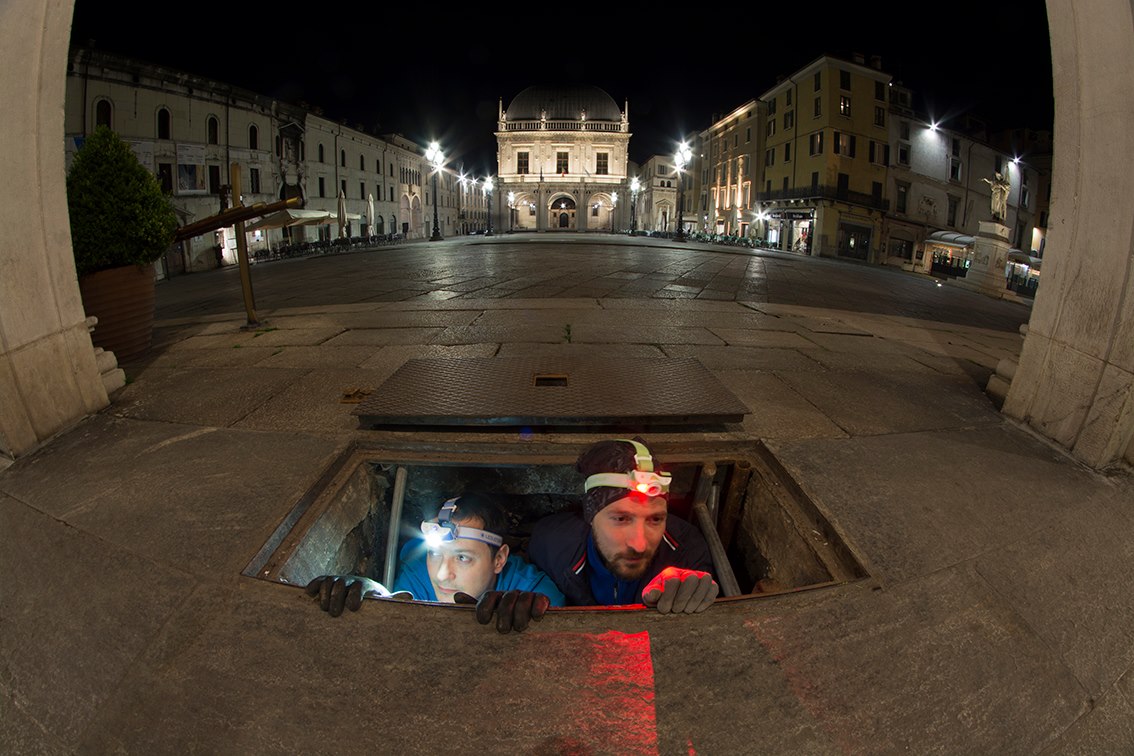
The other churches of Brescia.
The Church of Santa Maria dei Miracoli, in Corso Martiri della Libertà, is a jewel of Renaissance art and sculpture. Built starting in 1488 to honor the miraculous image of the Madonna and Child frescoed outside a house that once stood in this place, the building is one of the most visited places of worship in the city. It is easily recognizable from the façade, in Botticino stone and finely decorated with capitals, pilasters and friezes with sacred and profane motifs. In the niches above the side doors, we find the two statues by Calegari.
Adjacent to Piazza Vittoria and a stone’s throw from the metro stop is the Church of Sant’Agata, with an architectural structure dating back to the 14th and 15th centuries. Do not miss the main altarpiece depicting Saint Agatha on the cross among the S.S. Pietro, Paolo, Lucia, Apollonia (1522), considered the masterpiece of Francesco Prata da Caravaggio.
The splendid Church of Santi Nazaro e Celso is an ancient fifteenth-century building whose charm was embellished during the eighteenth century, when numerous late Baroque altars were built with polychrome marbles, stuccos and sculptures. The most important pictorial work is the Averoldi Polyptych by Tiziano Vecellio (1520-22): a pentyptic depicting the risen Jesus, the Annunciation, the saints Nazaro and Celso with the donor Altobello Averoldi and San Sebastiano.
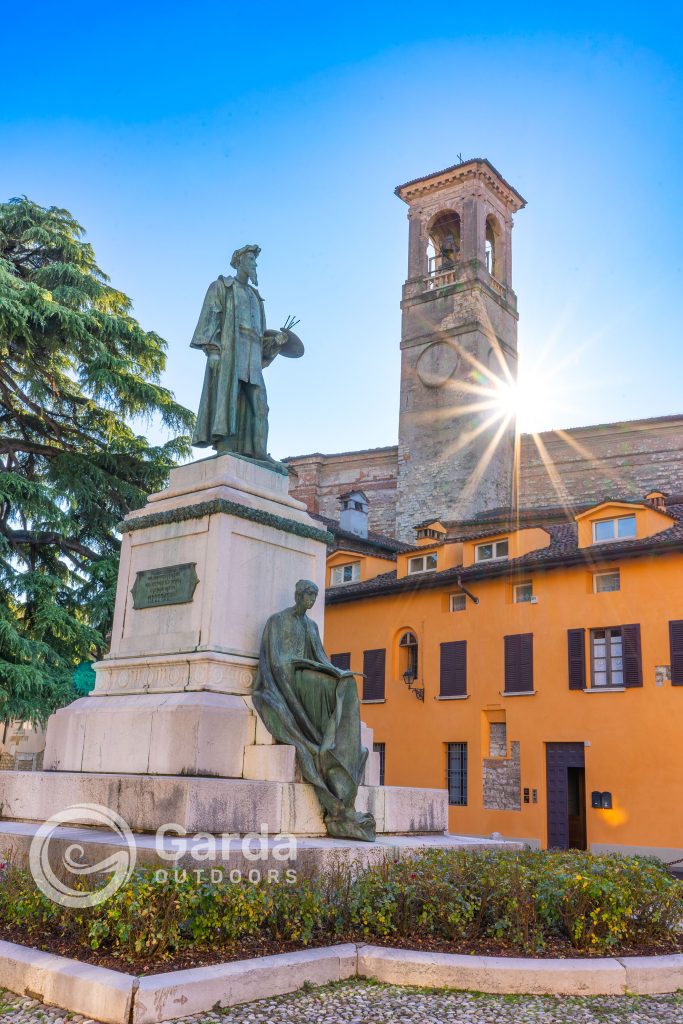
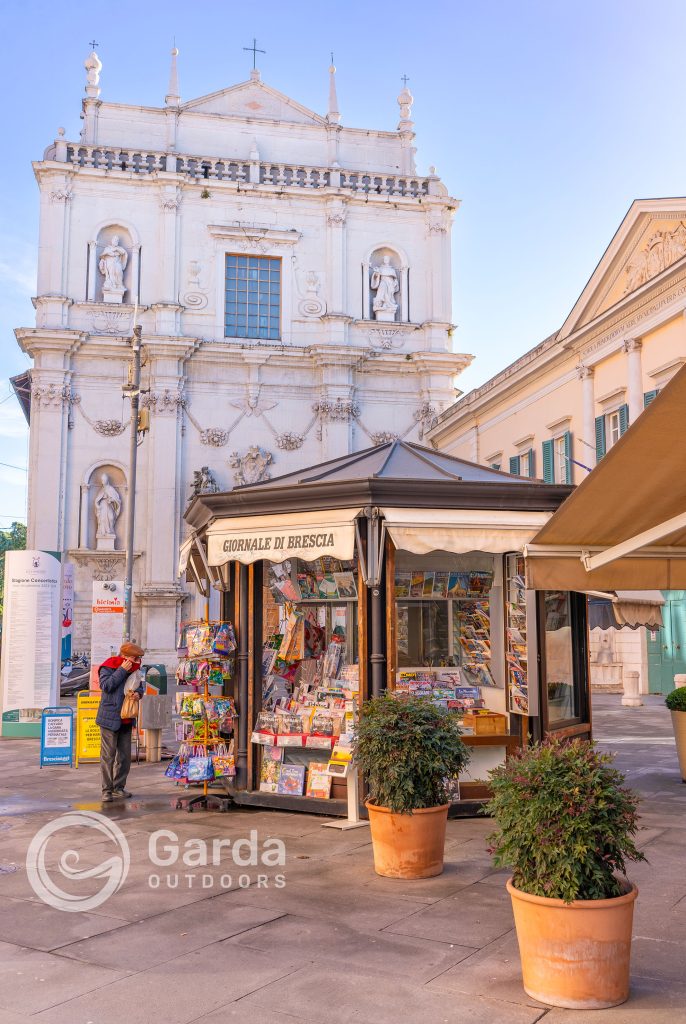
The eno-gastronomic specialties of Brescia.
Traditional Brescia cuisine is based on game and lake fish, thus honoring both the vast hilly, mountain and wooded areas and the lakes. For wine, the queens are Franciacorta (which reaches as far as Lake Iseo) and Valtenesi (directly overlooking the moraine hills that embrace Lake Garda), with many DOC wines of international standing.
The king par excellence is the Brescia spit, a typical dish consisting of pieces of meat of various types such as pork, chicken and rabbit, birds and potatoes skewered on long skewers, locally called ranfie, and cooked over very low heat in special rotating ovens. for several hours, seasoning them with plenty of melted butter, sage, pieces of lard, salt and other flavorings.
Among the first courses we find the Casoncelli, called in dialect “casonsei”, a stuffed egg pasta served with butter and sage
Finally, among the desserts we find Bossolà, typical of the Brescia Christmas tradition. It is a very tall and soft leavened donut sprinkled with powdered sugar. Perfect to serve also accompanied by custard, mascarpone or chocolate cream. We recommend tasting it in the Veneto pastry shop of the famous Iginio Massari.
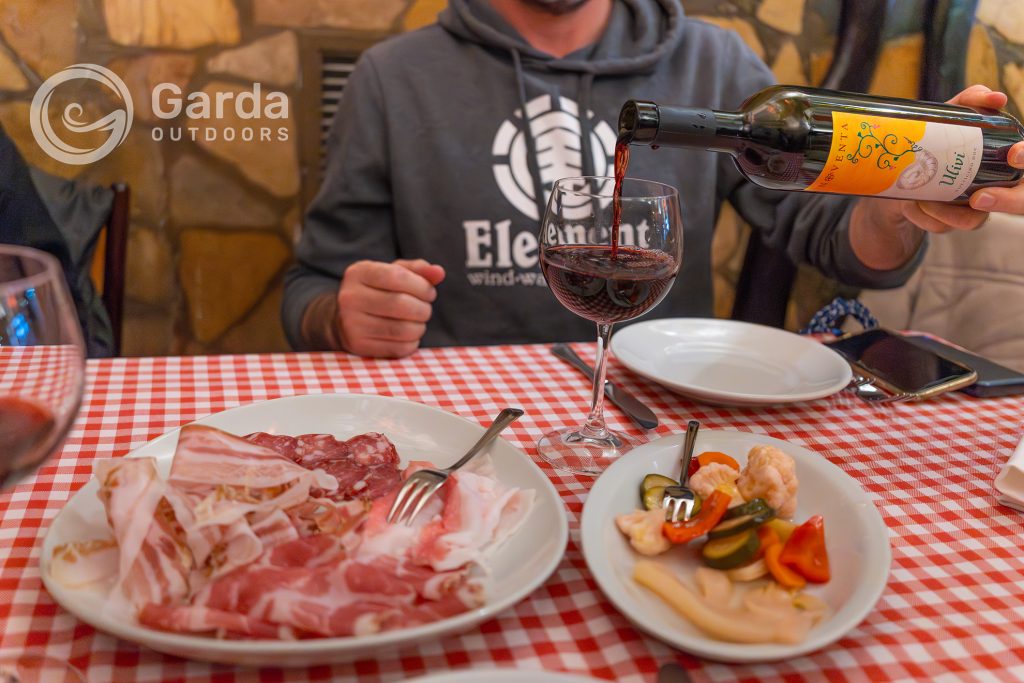
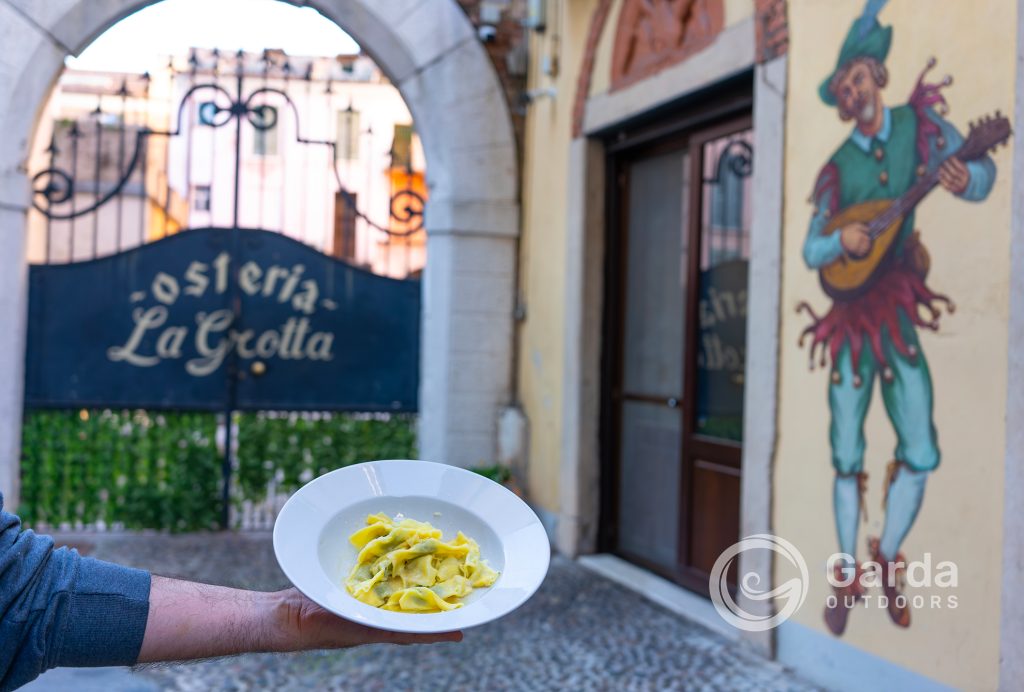
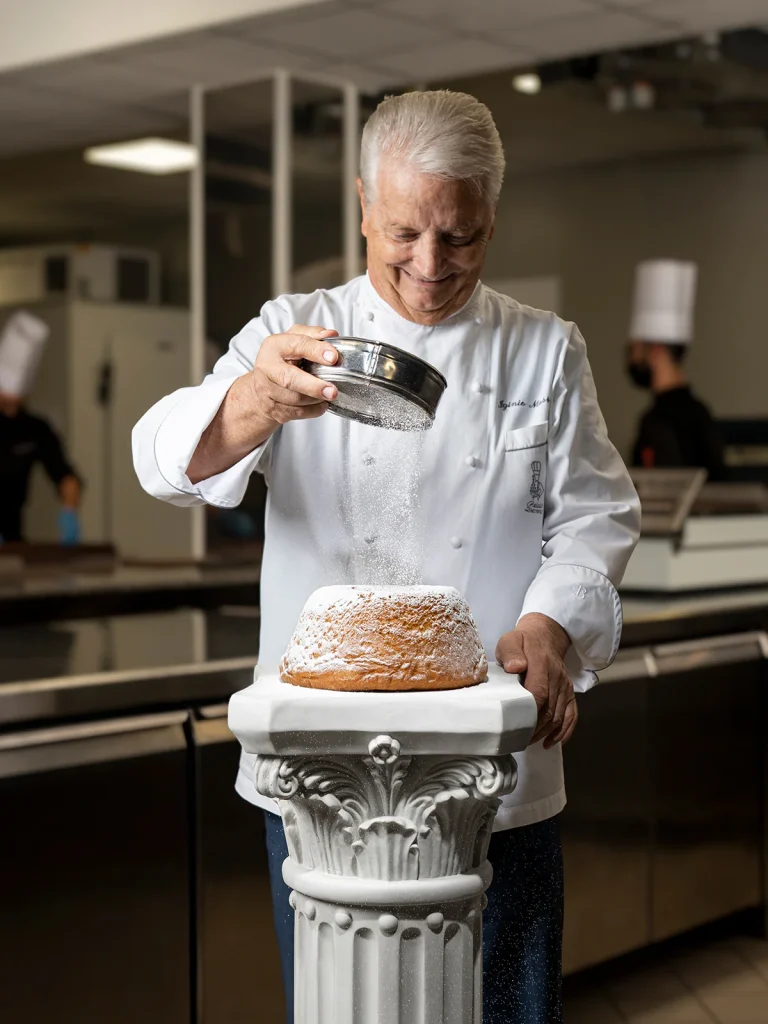
How to get to Brescia.
By car: On the A4 Milan – Venice motorway, Brescia Est exit.
On the train: Brescia station is the main station of the city, located on the Milan-Venice railway line, it is the trunk station of the lines for Lecco, Cremona, Parma, as well as of the line for Edolo di Ferrovienord.
By plane: Gabriele D’Annunzio Airport, Montichiari 20 km from Brescia – Verona Villafranca Airport 50 km from Brescia – Bergamo Airport 50 km from Brescia – Milan Linate Airport 100 km from Brescia – Milan Malpensa Airport 150 km from Brescia.
See you next time dear Outdoors!
Silvia Turazza – Garda Outdoors editorial staff
Choose where to stay, where to eat, and which experiences to have on Lake Garda
Visit the Garda Outdoors marketplace and discover the best deals for your stay here. You’ll find a world of opportunities!
